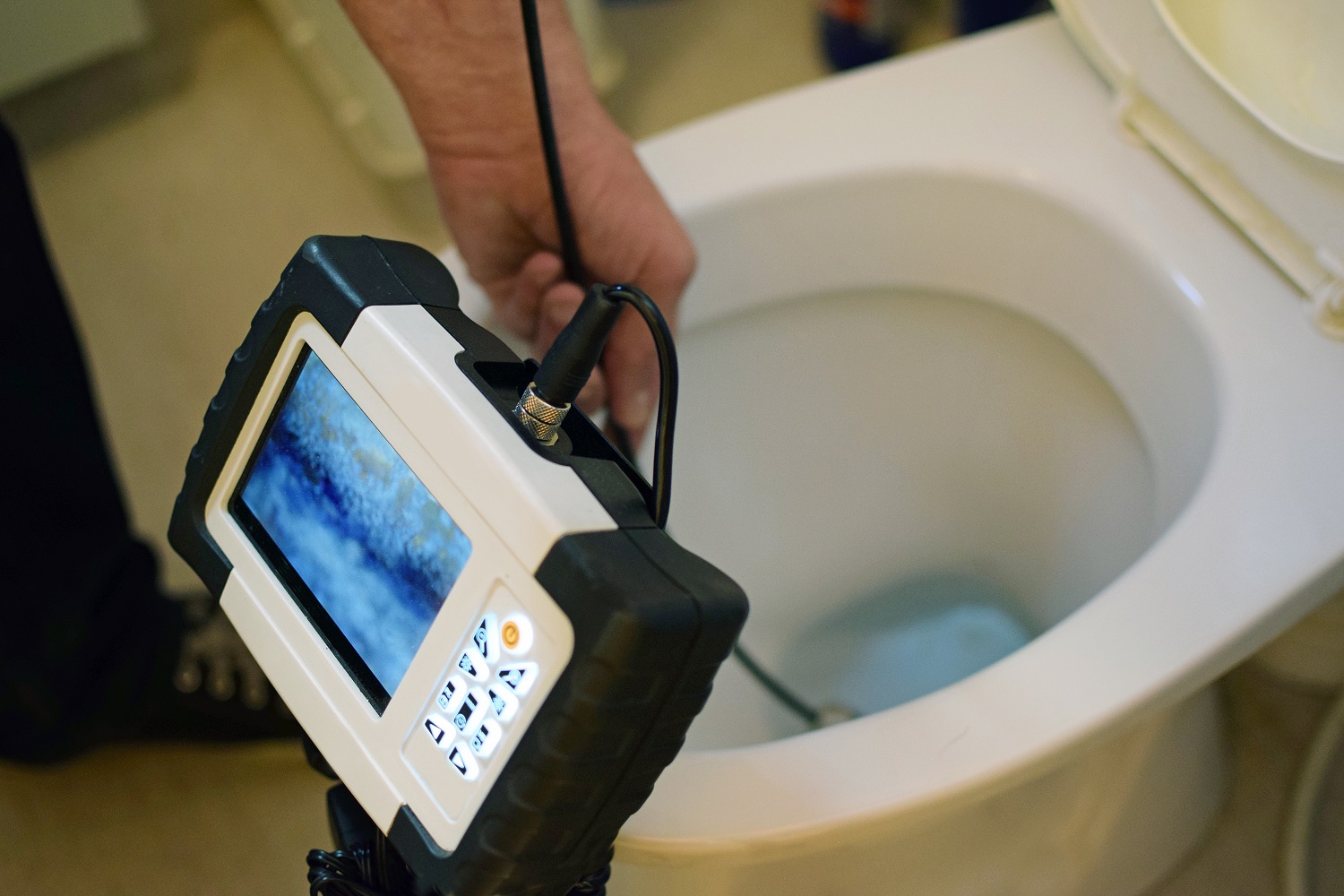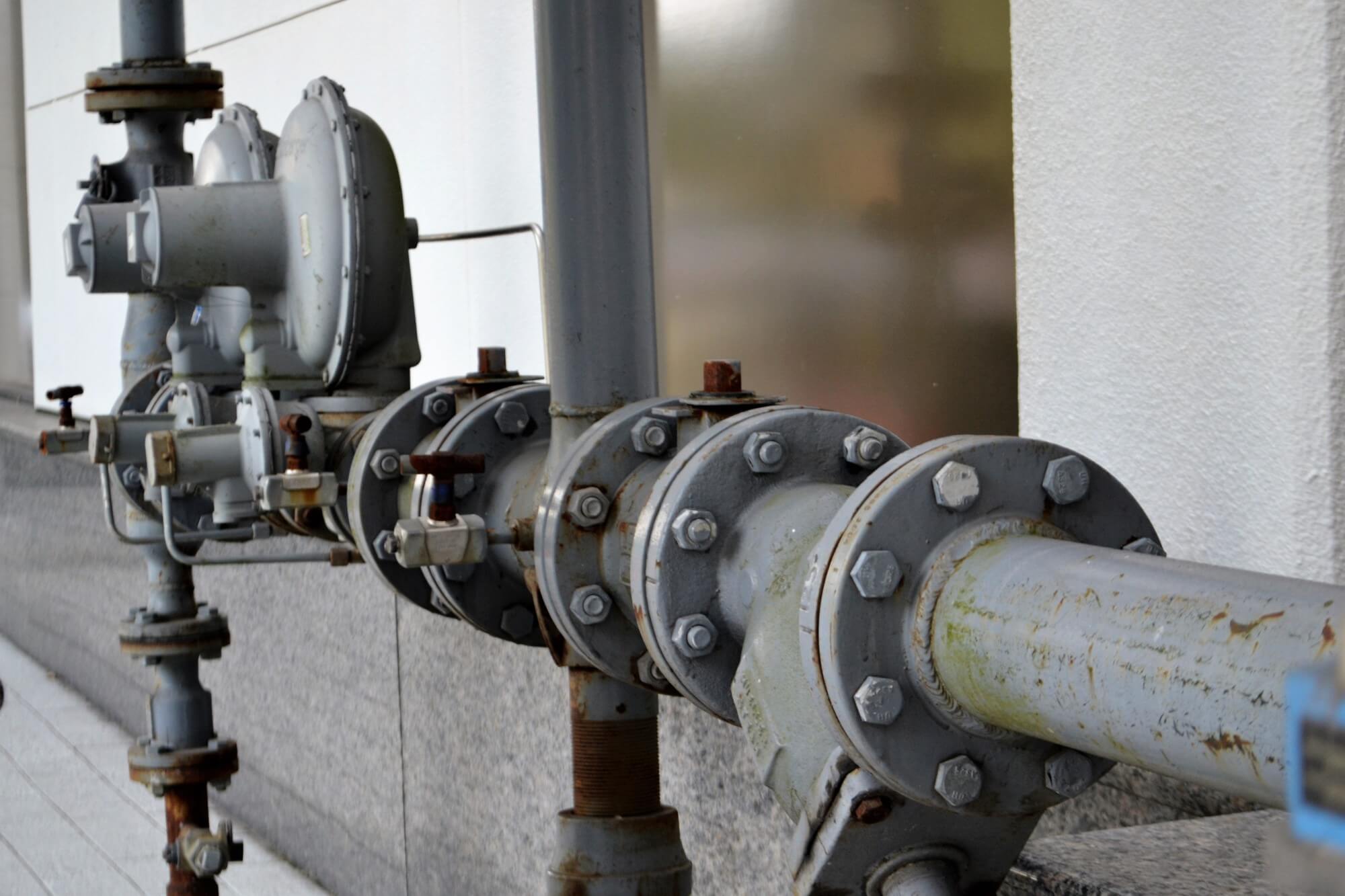Common Sewer Line Troubles and Their Solutions: A Homeowner's Manual

Tree Origin Invasions
Tree origin invasions are a significant and usual issue influencing sewage system lines. Sewage system pipes, especially older ones made of clay or other permeable materials, supply an eye-catching target.
Routine assessments using video electronic camera modern technology can identify root presence before it ends up being a serious issue. For a more permanent service, chemical origin killers can be used to hinder more growth within the pipes. In extreme situations, pipe relining or replacement might be essential to restore the integrity of the sewage system line.
Implementing preventative measures, such as planting trees far from sewer lines and utilizing root barriers, can decrease the threat of future invasions, consequently securing the capability of your sewer system.
Pipe Deterioration
Rust in sewage system pipes is a widespread issue that can badly endanger the honesty and performance of a sewer system. Normally occurring in steel pipes, such as cast iron or galvanized steel, rust arise from extended exposure to dampness, chemicals, and other destructive agents discovered in wastewater. Gradually, this procedure compromises the pipe wall surfaces, bring about leakages, breaks, and ultimately, pipeline failing.
The key sorts of pipe corrosion consist of uniform rust, where the entire surface area of the pipe wears away uniformly, and local deterioration, such as matching or hole corrosion, which influence particular areas of the pipe. Recognizing the early indications of rust, such as discolored water or uncommon smells, is vital for prompt intervention.
Avoiding pipeline deterioration includes routine maintenance and inspections. Using protective layers, using corrosion-resistant materials like PVC or polyethylene, and mounting cathodic protection systems can dramatically extend the life expectancy of sewage system pipes. In instances where corrosion is already substantial, trenchless pipeline rehab techniques, such as pipeline cellular lining or pipe bursting, offer effective solutions without the requirement for extensive excavation. Eventually, proactive monitoring and timely repairs are crucial to minimize the destructive impacts of pipe corrosion on sewer systems.
Obstructions and clogs
Obstructions and clogs are among the most turbulent and typical problems influencing sewer lines. These obstructions can develop from a variety of resources, consisting of the buildup of debris such as hair, food, and oil particles, along with the breach of tree origins seeking dampness. Over time, these products build up, tightening the pipe and eventually causing finish obstructions that can trigger wastewater to back up right into homes.
Preventive measures are essential for alleviating the threat of blockages. Normal upkeep, such as routine hydro-jetting and making use of enzyme-based cleansers, can help keep pipelines free from particles. House owners need to also bear in mind what they throw away down their drains; staying clear of grease, coffee grounds, and fibrous vegetables can dramatically decrease the chance of blockages.
When obstructions do occur, specialist intervention is frequently called for. Plumbers might employ a range of devices, such as augers (also referred to as drain snakes) and high-pressure water jets, to separate and get rid of the obstruction. In a lot more serious situations, video inspection equipment can be used to situate and identify the issue, guaranteeing that the suitable solution is applied efficiently. Normal assessments and timely interventions can aid preserve the honesty and functionality of drain lines.
Leaking Sewer Lines
Beyond blockages and clogs, dripping sewer lines offer a considerable concern for home owners and communities alike. These leaks can result from various elements, including pipe deterioration, shifting soil, intrusive tree origins, and tear and wear gradually. Left unaddressed, dripping sewage system lines can trigger comprehensive residential property damages, promote mold and mildew development, and pose significant health and wellness risks due to the contamination of groundwater and soil.

Repair techniques depend on the severity of the leak and the condition of the drain line. Minor leaks may be solved with trenchless repair work methods, such as pipeline cellular lining or pipe bursting, which are less intrusive and quicker to complete. In extra severe situations, standard excavation and substitute of the influenced pipeline area may be required. Consulting with a certified plumber guarantees an accurate medical diagnosis and proper solution to reduce the problem effectively.
Sewage System Line Bellies
When it pertains to sewage system line issues, one particularly challenging problem is the development of drain line bellies. A sewage system line stomach occurs when an area of the pipeline sags or dips, producing a low spot where waste and debris can build up. This can cause slow water drainage, recurring obstructions, and prospective damages to the pipeline over time.
The root causes of sewage system line tummies are varied. Poor setup methods, soil disintegration, ground settling, or changes as a result of temperature level adjustments can all contribute to the development of these droops - sewer line inspection ct. Recognizing a sewer line stomach typically calls for a professional inspection using a sewage system cam to determine the exact area and extent of the problem
Addressing a sewage system line belly often includes excavation to reach the affected pipe section. As soon as accessed, the drooping portion may require to be replaced or rearranged to guarantee proper incline and water drainage. In some instances, trenchless repair work approaches, such as pipe lining or pipe bursting, can be used to reduce disruption while resolving the concern.
Preventative procedures, including normal examinations and ensuring correct setup, can assist alleviate the risk of sewer line bellies. Property owners should remain watchful for indications our website of drain troubles and seek expert aid at the initial indicator of difficulty.
Verdict
In conclusion, dealing with usual sewage system line issues such as tree origin breaches, pipeline deterioration, obstructions, leaking sewer lines, and sewage system line bellies is necessary for keeping a reliable and useful system. Early discovery with video assessments and the execution of both temporary and permanent services can minimize these issues successfully. Routine upkeep techniques, consisting of hydro-jetting and strategic tree placement, more add Website to the avoidance of these problems, thus guaranteeing the long-lasting stability of sewer systems.
Rust in sewer pipes is a common issue that can significantly compromise the stability and performance of a sewer system.When it comes to sewer line issues, one especially tough problem is the formation of sewage system line tummies. A sewer line stubborn belly takes place when an area of the pipe droops or dips, creating a low area where waste and particles can build up. Determining a sewage system line tummy commonly needs an expert examination using a sewer video camera to determine the exact place and degree of the trouble.
